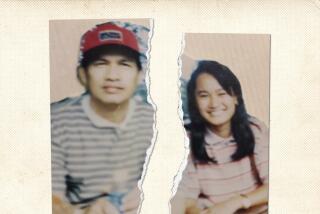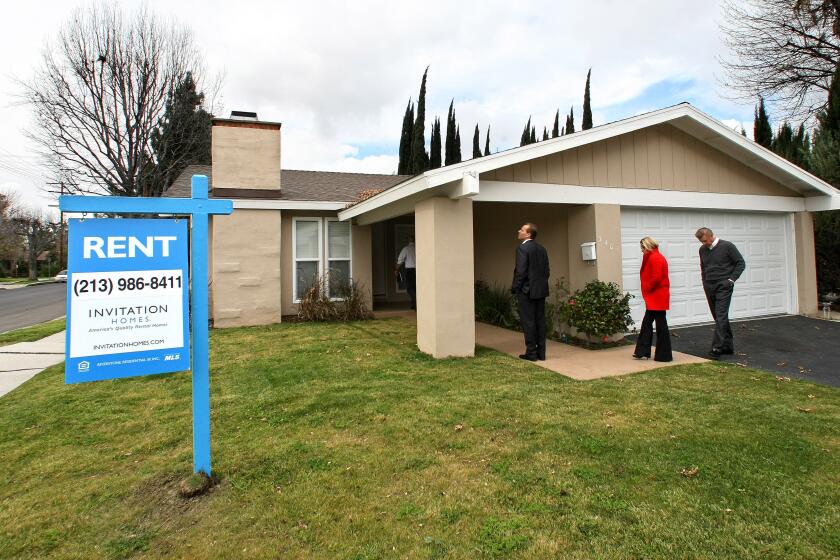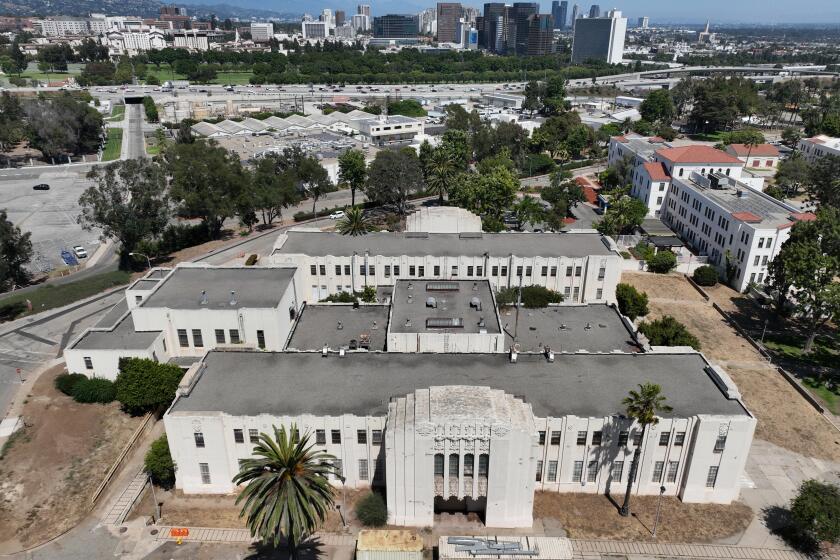Vandal Strews Bones, Relics at Indian Site
A souvenir hunter dug up part of a Ventura County Indian graveyard that is the center of a dispute among Indians, the county government and several federal agencies, the archeologist in charge of the site said Thursday.
“Someone got down into the excavation unit with a shovel and disturbed the burials, scattering human bones all over the place, and removed a number of artifacts associated with the burials and threw them back in a haphazard fashion,” said Mark Raab, director of the Center for Public Archeology at California State University, Northridge.
He blamed “what archeologists call ‘pot hunters,’ people who have some sort of misguided hobby or who loot archeological sites to get things they can sell on the antiquities market.” Some artifacts can be sold for hundreds or even thousands of dollars to collectors, Raab said, “and even some unscrupulous museums will buy pieces without asking questions.”
Because an archeological survey of the site was not completed, it was not possible to determine if any artifacts had been taken in the unauthorized digging, but none of the human remains were taken, he said. The digging probably occurred last weekend, he said.
The Ventura County government chose Raab to excavate the site in Calleguas Creek, a dry creek bed near Point Mugu State Park that is a natural storm drain to the ocean. The county wanted to dredge silt and debris from the channel but was obligated by federal law to carry out an archeological survey first because the area has many Chumash Indian historical sites.
Work halted in August after discovery of 17 skeletons, with Raab saying the area may contain many more.
Since then, county and federal officials and rival Indians groups have been unable to agree on how to protect the burial sites or pay for protective measures.
County officials have said the county cannot afford the suggested protective measures, which included shielding the remains with a covering of concrete or rocks, or rechanneling the creek. Some Chumash Indians favor moving the remains to a safe site, but others argue that removal would violate tribal religious beliefs.
Covered by Sand
When work on the site was suspended, the skeletons were covered with several feet of loose sand, Raab said. Although the site is in a remote area almost a mile from the nearest paved road, the 17-by-17-foot excavation, about 5 feet deep, is easily located by “pot hunters” who have been searching the area for Indian artifacts for many years, he said.
Raab said the digging demonstrated that there is “no practical way to keep these things from being damaged out there,” supporting the argument by the Indian faction that wants to move the remains.
Representatives of Indian groups were not available for comment.
More to Read
Sign up for Essential California
The most important California stories and recommendations in your inbox every morning.
You may occasionally receive promotional content from the Los Angeles Times.










